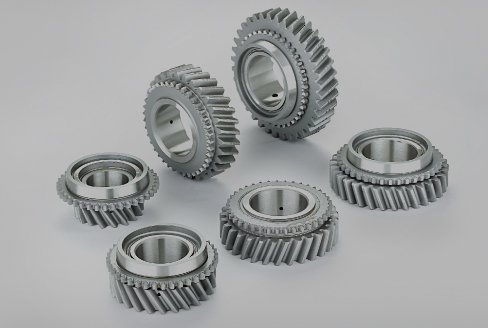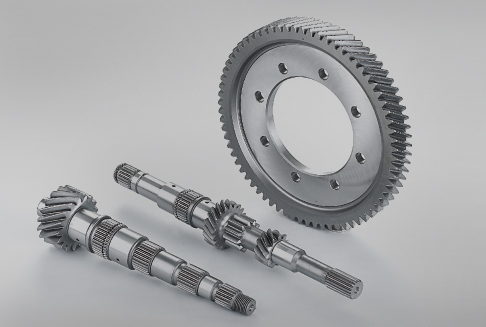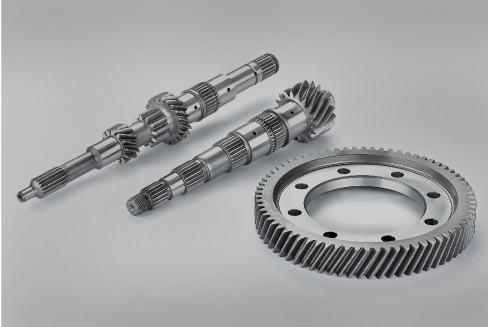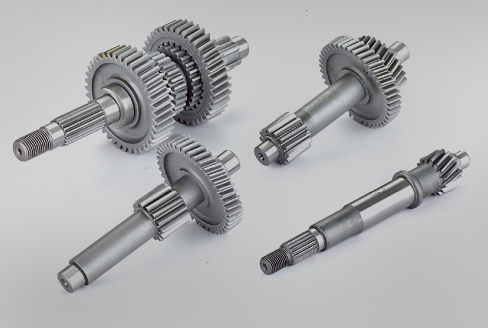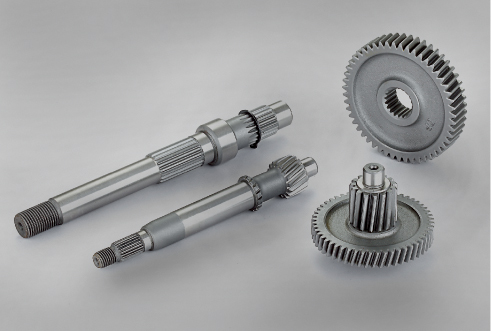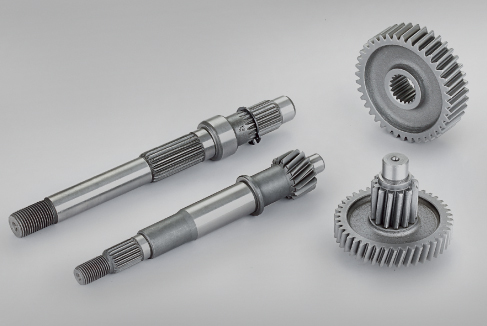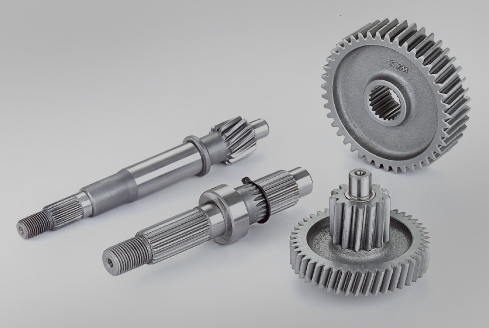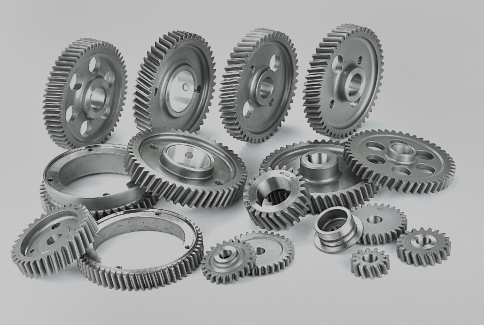Professional manufacturer of automobile transmission gears, mechanical engineering gears, engine gears, light and heavy trucks, and truck transmission gears.
What Are the Factors to Consider in Motorcycle Gear Design
The motorcycle gear series is the core part of the motorcycle power transmission system, which is responsible for transmitting the power generated by the engine to the rear wheels, thereby driving the motorcycle. The design and manufacturing of motorcycle gear series are of great significance for improving motorcycle performance, reducing fuel consumption, and ensuring driving safety. In the design process of motorcycle gear series, multiple factors need to be comprehensively considered to meet the needs of different driving scenarios.
The material selection of motorcycle gear series is one of the key factors affecting its performance. In order to ensure that the gears have sufficient strength and wear resistance when subjected to large loads and high-speed operation, motorcycle gear series are usually made of high-strength and wear-resistant materials, such as alloy steel, powder metallurgy, etc. These materials can not only improve the load-bearing capacity of gears, but also extend their service life.
In terms of structural design of motorcycle gear series, it is necessary to consider transmission efficiency, noise, and size. In order to improve transmission efficiency, reduce noise, and reduce gear size, motorcycle gear series usually adopt structures such as spiral gears or hyperbolic gears. These structures can effectively reduce friction losses between gears, improve transmission efficiency, and reduce noise, providing drivers with a more comfortable driving experience.
The lubrication of motorcycle gear series is also a key issue that needs to be focused on during the design process. Gears generate friction and heat during high-speed operation. Proper lubrication can reduce gear friction, dissipate heat, and protect gears. The motorcycle gear series requires the use of specialized gear oil for lubrication, which has high viscosity and wear resistance, ensuring the normal operation of gears and extending their service life.
In terms of maintenance and repair of motorcycle gear series, due to various complex working conditions that motorcycles may encounter during daily use, motorcycle gear series may experience problems such as wear and damage. In order to ensure the performance and safety of motorcycles, consideration should be given to how to facilitate regular inspections and repairs by car owners, as well as timely replacement of worn gears and lubricants.
The transmission design in the motorcycle gear series needs to consider the convenience and stability of shifting. Common types of transmissions include manual transmission, automatic clutch, continuously variable transmission, etc. These transmissions can achieve gear switching at different speeds based on the driver's needs and driving conditions, improving driving comfort and fuel economy. At the same time, the design of the transmission also needs to consider the power loss during the shifting process to ensure that the motorcycle can maintain good power performance at various speeds.
The design of motorcycle gear series also needs to consider lightweight and compactness. With the advancement of technology, modern motorcycles are increasingly focusing on reducing weight and improving space utilization. Therefore, the design of motorcycle gear series needs to minimize gear size and weight, reduce vehicle weight, improve fuel economy and driving performance while ensuring performance.
The motorcycle gear series plays a crucial role in the motorcycle power transmission system. By optimizing gear materials, structure, and lubrication, motorcycle performance can be improved, fuel consumption can be reduced, and service life can be extended. At the same time, the design of the motorcycle gear series also needs to focus on the performance, lightweight, and compactness of the transmission to meet the modern motorcycle's demands for high performance, comfort, and economy.

 简体中文
简体中文 English
English España
España Русский язык
Русский язык
